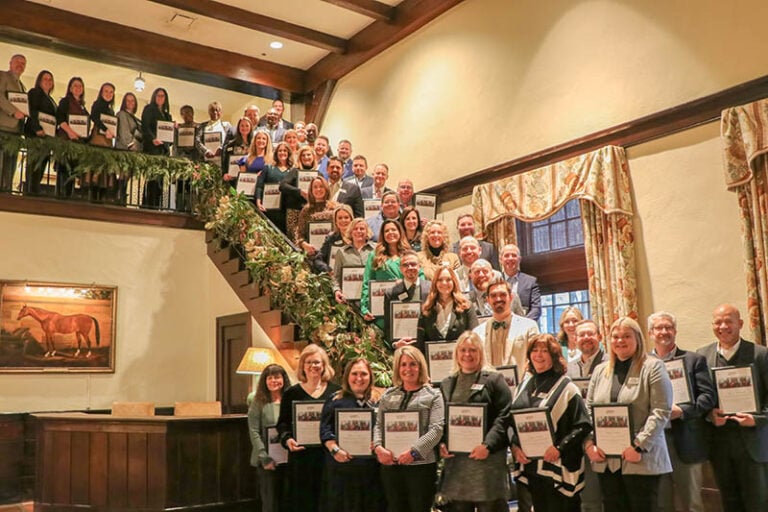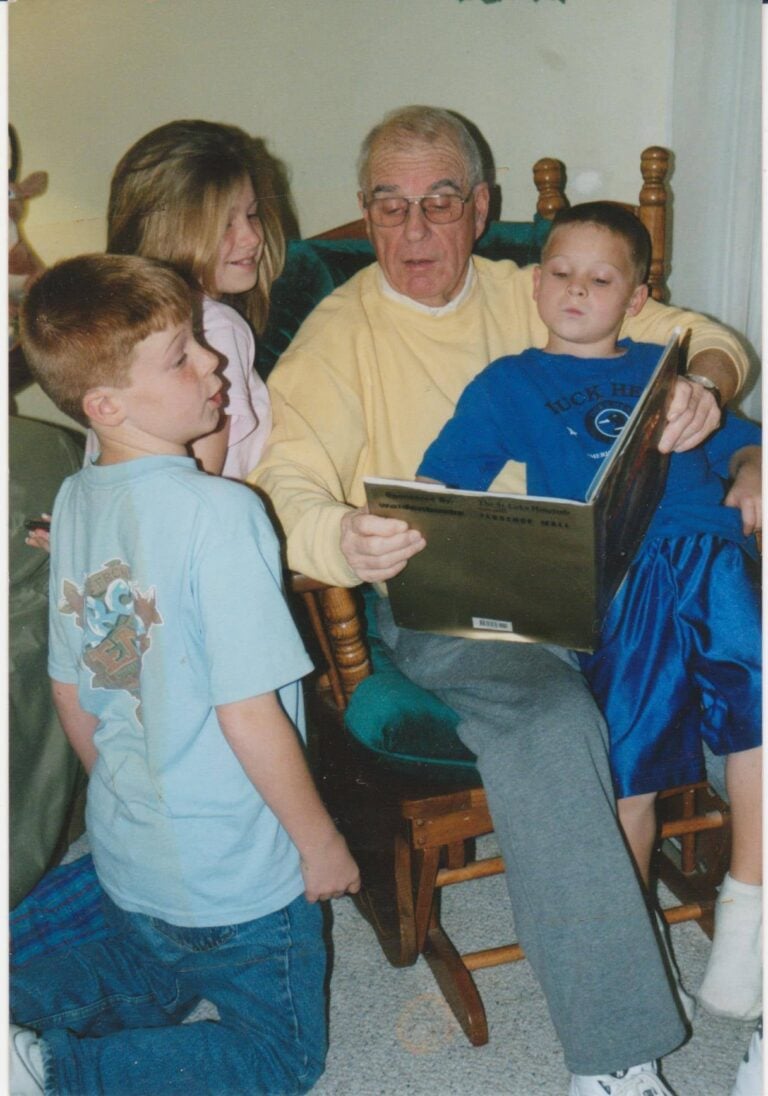“Haiku is not a shriek, a howl, a sigh, or a yawn; rather it is the deep breath of life.” — Santoka Taneda
It’s National Haiku Month.
National Haiku Month appears on a few calendars. February was chosen to honor this poetic form, the shortest month for the shortest form of poetry.
Haiku is Japan’s traditional poetry. Three lines of precise numbers of syllables, concise, but with deep meaning, always appreciative of nature. Very representative of this ancient culture.
The basic rule for English versions of Haiku matches the Japanese; first line, five syllables; second line, seven syllables; third and final line, five syllables. Even in other languages such as Italian, Spanish, German and Russian, the format remains required syllables: 5-7-5.
In translations between languages, the format and deep meanings suffer.
Haiku has appeared in elementary school curriculum during writing lessons when poetry is studied in third or fourth grade. Students grasp the format and intent quickly. Some of the best Haiku may be found in memory box collections from those years.
I even used Haiku, with a substantial measure of courage, as a gift when Japanese educators from Gifu Japan visited Ludlow Public Schools on November 11, 1993.
My English version of Haiku uses capital letters and punctuation.
Morning’s dawn arrives,
Bears new fragrance from afar.
Sweetness fills the air.
Misty morn lingers,
Refreshing life with new growth.
Blossoms unfurling.
Very recently, I discovered that one of my precious Japanese friends, Saeko Mori, now in her nineties, is not only a life-time writer of Haiku but won a prize for Haiku thirty years ago.

Saeko and Emiko, her daughter, have been friends of mine since 1985 when their family hosted me for an over-night homestay as part of my fellowship in Japan.
Might Saeko be willing to share that prize-winning Haiku for this National Haiku Month? Of course.
Emiko agreed to take a photo of Saeko holding her winning Haiku. We remember that Japanese is written from right to left, top to bottom.
Saeko’s inspiration came easily those thirty years ago. She and her husband delighted in nature’s offerings in afternoon drives through the countryside. One of their favorites was golden pampas grasses swaying under a very blue sky.
On one excursion, too late in the autumn season, they missed that beautiful sight. Saeko’s Haiku expressed their sadness.
Japanese pronunciation: aki samishi/susuki mizushite/sugiteyuku.
Translation: “sorry and sad to see autumn without the swaying pampas grasses.”
It was a prize-winner.
And Saeko is writing Haiku still.
When Emiko took this photo a month ago, Japan was suffering bitter cold as we were.
Saeko penned a Haiku for us.
Japanese pronunciation: hidamarini/neko marukunaru/samusa kana
Translation: “so cold a cat curls up in the sun for warmth.”
Have you dabbled in Haiku?
Haiku can be a very satisfying way to capture a special moment. Sweet 5-7-5.
Judy Harris is well established in Northern Kentucky life, as a longtime elementary and university educator. A graduate of Thomas More, she began her career there in 1980 where she played a key role in teacher education and introduced students to national and international travel experiences. She has traveled and studied extensively abroad. She enjoys retirement yet stays in daily contact with university students.





















